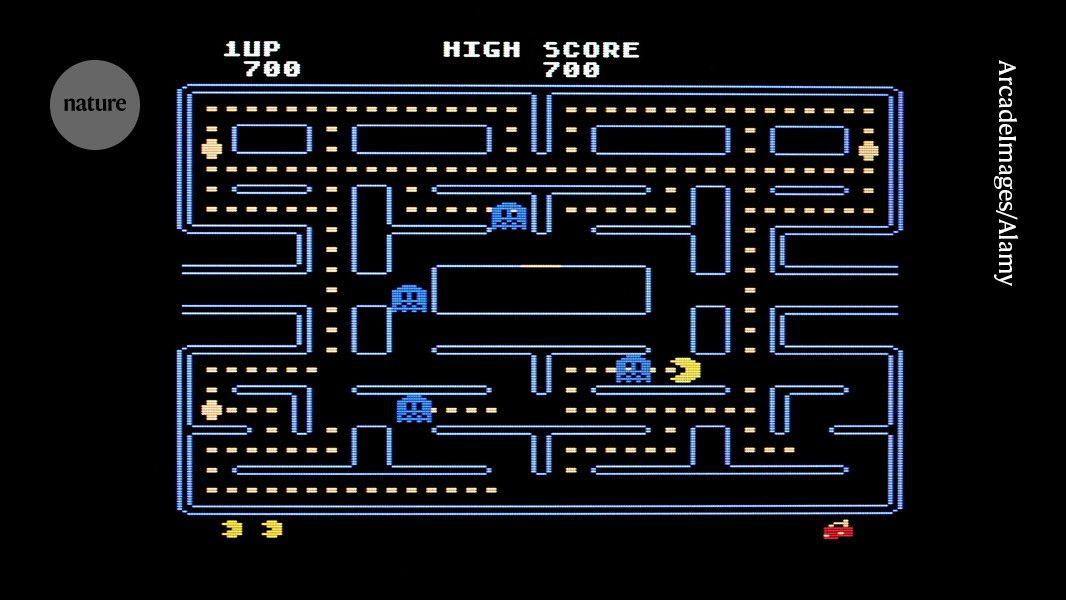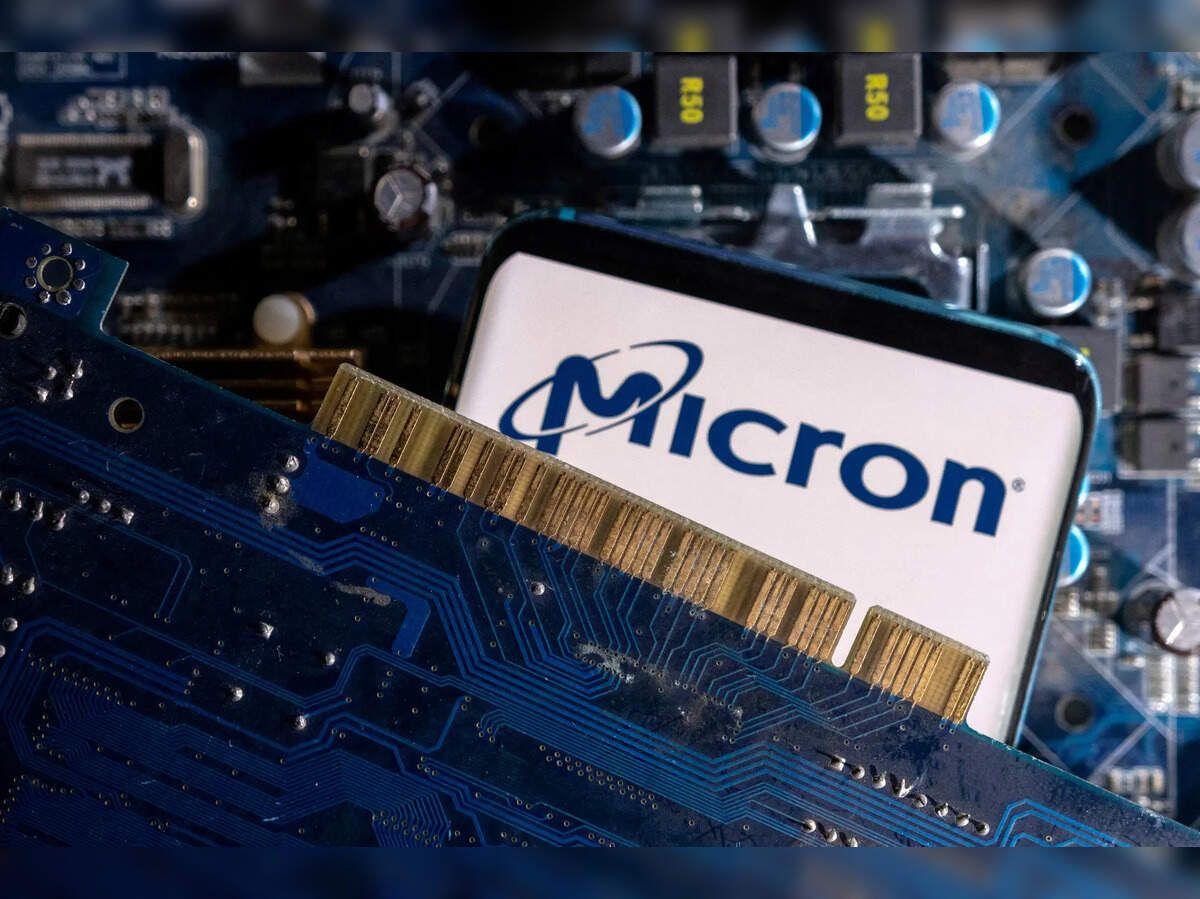Chinese Researchers Develop Ultra-Fast Laser-Based Artificial Neuron, Revolutionizing AI Processing
4 Sources
4 Sources
[1]
Chinese university unveils laser neuron processing data a billion times
This innovation could have a revolutionary impact on artificial intelligence and computing, enabling ultrafast data processing and significant energy savings. Chinese scientists have developed a laser-based artificial neuron that operates at unprecedented speeds, potentially revolutionizing artificial intelligence applications. The research team, led by Chaoran Huang from the Chinese University of Hong Kong, published their findings in the journal Optica. The newly developed "laser graded" neuron processes data at a speed of 10 GBaud, which is approximately one billion times faster than natural neurons. The breakthrough could lead to significant advancements in AI systems and advanced computing due to its ultrafast data processing speeds and low energy consumption. "Our laser graded neuron surpasses the speed limits of current photonic versions of spiking neurons and has the potential for even faster operation," said Huang, as reported by Science Daily. The laser neuron emulates the functions, dynamics, and information processing of biological graded neurons, providing superior speed and accuracy. The research team created a reservoir computing system using the developed laser neurons, demonstrating exceptional performance in AI tasks such as pattern recognition and sequence prediction. The system detects arrhythmias with a 98.4% accuracy rate and processed 100 million heartbeats per second. "With powerful memory effects and excellent information processing capabilities, a single laser-graded neuron can behave like a small neural network," Huang stated, according to La Stampa [https://www.lastampa.it/salute/2024/12/20/news/neurone_artificiale_laser_velocita_luce-423898883/]. This means that even without complex connections, a single laser graded neuron can perform machine learning tasks with high performance. Most laser-based artificial neurons developed so far have been spiking photonic neurons, which have limitations in response speed, can suffer from information loss, and require additional laser sources and modulators. The new laser graded neuron overcomes these limitations by simulating the operation of graded neurons, using very fast laser light pulses to process signals in a precise and continuous manner. To achieve faster performance, the researchers injected radiofrequency signals into the saturable absorption section of the quantum dot laser, allowing them to avoid delays that limit the response speed of photonic spike neurons. They designed high-speed radiofrequency pads for the saturable absorption section, enabling a faster, simpler, and more energy-efficient system. "Therefore, even a single laser graded neuron without additional complex connections can perform machine learning tasks with high performance," Huang explained, as reported by Scienze Notizie. The neuron-like nonlinear dynamics and fast processing speed make the laser graded neuron ideal for supporting high-speed reservoir computing and provide more effective use in artificial intelligence applications. The reservoir computing system demonstrated superior success in tasks like image classification due to its high-speed data processing capability. It shows excellent pattern recognition and sequence prediction across various AI applications. "In this work, we used a single laser graded neuron, but we believe that cascading multiple laser graded neurons will further unlock their potential, just as the brain has billions of neurons working together in networks," Huang said, according to Science Daily. The team is working to improve the processing speed of the laser graded neuron while developing a deep reservoir computing architecture that incorporates cascaded laser graded neurons. Stay updated with the latest news! Subscribe to The Jerusalem Post Newsletter Subscribe Now "We expect that integrating our technology into edge computing devices, which process data close to its source, will enable faster and smarter AI systems that better serve real-world applications with reduced energy consumption in the future," Huang added, as reported by La Razón. Biological neurons are divided into two basic types: graded neurons, which encode information through continuous changes in membrane potential for subtle and precise signal processing, and spiking neurons, which transmit information using all-or-nothing action potentials, creating a more binary form of communication. The laser graded neuron simulates the operation of graded neurons, providing superior speed and accuracy. This article was written in collaboration with generative AI company Alchemiq
[2]
Laser-based artificial neuron mimics nerve cell functions at lightning speed
Researchers have developed a laser-based artificial neuron that fully emulates the functions, dynamics and information processing of a biological graded neuron. With a signal processing speed of 10 GBaud -- a billion times faster than its biological counterparts -- the new laser graded neuron could lead to breakthroughs in fields like artificial intelligence and other types of advanced computing. The body contains various types of nerve cells, including graded neurons that encode information through continuous changes in membrane potential, allowing subtle and precise signal processing. In contrast, biological spiking neurons transmit information using all-or-none action potentials, creating a more binary form of communication. "Our laser graded neuron overcomes the speed limitations of current photonic versions of spiking neurons and has the potential for even faster operation," said research team leader Chaoran Huang from the Chinese University of Hong Kong. "By leveraging its neuron-like nonlinear dynamics and fast processing, we built a reservoir computing system that demonstrates exceptional performance in AI tasks such as pattern recognition and sequence prediction." In Optica, Optica Publishing Group's journal for high-impact research, the researchers report that their chip-based quantum-dot laser graded neuron can achieve a signal processing speed of 10 GBaud. They used this speed to process data from 100 million heartbeats or 34.7 million handwritten digital images in just one second. "Our technology could accelerate AI decision-making in time-critical applications while maintaining high accuracy," said Huang. "We hope the integration of our technology into edge computing devices -- which process data near its source -- will facilitate faster and smarter AI systems that better serve real-world applications with reduced energy consumption in the future." Faster laser neurons Laser-based artificial neurons, which can respond to input signals in a way that mimics the behavior of biological neurons, are being explored as a way to significantly enhance computing thanks to their ultrafast data processing speeds and low energy consumption. However, most of the ones developed so far have been photonic spiking neurons. These artificial neurons have a limited response speed, can suffer from information loss and require additional laser sources and modulators. The speed limitation of photonic spiking neurons comes from the fact that they typically work by injecting input pulses into the gain section of the laser. This causes a delay that limits how fast the neuron can respond. For the laser graded neuron, the researchers used a different approach by injecting radio frequency signals into the quantum dot laser's saturable absorption section, which avoids this delay. They also designed high-speed radio frequency pads for the saturable absorption section to produce a faster, simpler and more energy-efficient system. "With powerful memory effects and excellent information processing capabilities, a single laser graded neuron can behave like a small neural network," said Huang. "Therefore, even a single laser graded neuron without additional complex connections can perform machine learning tasks with high performance." High-speed reservoir computing To further demonstrate the capabilities of their laser graded neuron, the researchers used it to make a reservoir computing system. This computational method uses a particular type of network known as a reservoir to process time-dependent data like that used for speech recognition and weather prediction. The neuron-like nonlinear dynamics and fast processing speed of the laser graded neuron make it ideal for supporting high-speed reservoir computing. In tests, the resulting reservoir computing system exhibited excellent pattern recognition and sequence prediction, particularly long-term prediction, across various AI applications with high processing speed. For example, it processed 100 million heartbeats per second and detected arrhythmic patterns with an average accuracy of 98.4%. "In this work, we used a single laser graded neuron, but we believe that cascading multiple laser graded neurons will further unlock their potential, just as the brain has billions of neurons working together in networks," said Huang. "We are working to improve the processing speed of our laser graded neuron while also developing a deep reservoir computing architecture that incorporates cascaded laser graded neurons."
[3]
Laser-based artificial neuron mimics nerve cell functions at lightning speed
Researchers have developed a laser-based artificial neuron that fully emulates the functions, dynamics and information processing of a biological graded neuron. With a signal processing speed of 10 GBaud -- a billion times faster than its biological counterparts -- the new laser graded neuron could lead to breakthroughs in fields like artificial intelligence and other types of advanced computing. The body contains various types of nerve cells, including graded neurons that encode information through continuous changes in membrane potential, allowing subtle and precise signal processing. In contrast, biological spiking neurons transmit information using all-or-none action potentials, creating a more binary form of communication. "Our laser graded neuron overcomes the speed limitations of current photonic versions of spiking neurons and has the potential for even faster operation," said research team leader Chaoran Huang from the Chinese University of Hong Kong. "By leveraging its neuron-like nonlinear dynamics and fast processing, we built a reservoir computing system that demonstrates exceptional performance in AI tasks such as pattern recognition and sequence prediction." In the journal Optica, the researchers report that their chip-based quantum-dot laser graded neuron can achieve a signal processing speed of 10 GBaud. They used this speed to process data from 100 million heartbeats or 34.7 million handwritten digital images in just one second. "Our technology could accelerate AI decision-making in time-critical applications while maintaining high accuracy," said Huang. "We hope the integration of our technology into edge computing devices -- which process data near its source -- will facilitate faster and smarter AI systems that better serve real-world applications with reduced energy consumption in the future." Faster laser neurons Laser-based artificial neurons, which can respond to input signals in a way that mimics the behavior of biological neurons, are being explored as a way to significantly enhance computing thanks to their ultrafast data processing speeds and low energy consumption. However, most of the ones developed so far have been photonic spiking neurons. These artificial neurons have a limited response speed, can suffer from information loss and require additional laser sources and modulators. The speed limitation of photonic spiking neurons comes from the fact that they typically work by injecting input pulses into the gain section of the laser. This causes a delay that limits how fast the neuron can respond. For the laser graded neuron, the researchers used a different approach by injecting radio frequency signals into the quantum dot laser's saturable absorption section, which avoids this delay. They also designed high-speed radio frequency pads for the saturable absorption section to produce a faster, simpler and more energy-efficient system. "With powerful memory effects and excellent information processing capabilities, a single laser graded neuron can behave like a small neural network," said Huang. "Therefore, even a single laser graded neuron without additional complex connections can perform machine learning tasks with high performance." High-speed reservoir computing To further demonstrate the capabilities of their laser graded neuron, the researchers used it to make a reservoir computing system. This computational method uses a particular type of network known as a reservoir to process time-dependent data like that used for speech recognition and weather prediction. The neuron-like nonlinear dynamics and fast processing speed of the laser graded neuron make it ideal for supporting high-speed reservoir computing. In tests, the resulting reservoir computing system exhibited excellent pattern recognition and sequence prediction, particularly long-term prediction, across various AI applications with high processing speed. For example, it processed 100 million heartbeats per second and detected arrhythmic patterns with an average accuracy of 98.4%. "In this work, we used a single laser graded neuron, but we believe that cascading multiple laser graded neurons will further unlock their potential, just as the brain has billions of neurons working together in networks," said Huang. "We are working to improve the processing speed of our laser graded neuron while also developing a deep reservoir computing architecture that incorporates cascaded laser graded neurons."
[4]
Chip-based laser neuron beats human neuron by a billion times in speed
Scientists at the Chinese University of Hong Kong state that this laser neuron operates at an astonishing speed of 10 GBaud, a billion times faster than its biological counterpart. Interestingly, the team leveraged this speed to process datasets of 100 million heartbeats or 34.7 million images in just one second. This incredible speed advantage positions it to advance fields like artificial intelligence and supercomputing. "Our technology could accelerate AI decision-making in time-critical applications while maintaining high accuracy," said Chaoran Huang, the research team leader. "We hope the integration of our technology into edge computing devices -- which process data near its source -- will facilitate faster and smarter AI systems that better serve real-world applications with reduced energy consumption in the future," Huang added. Laser neurons provide high-speed, low-energy-consumption data processing capabilities. Most of the ones developed so far are "photonic spiking neurons."
Share
Share
Copy Link
Scientists at the Chinese University of Hong Kong have created a laser-based artificial neuron that processes data a billion times faster than biological neurons, potentially transforming AI and computing with its speed and energy efficiency.

Breakthrough in Artificial Neuron Technology
Researchers at the Chinese University of Hong Kong, led by Chaoran Huang, have developed a groundbreaking laser-based artificial neuron that operates at unprecedented speeds. This innovation, detailed in the journal Optica, promises to revolutionize artificial intelligence and advanced computing
1
.Unparalleled Speed and Efficiency
The newly developed "laser graded" neuron processes data at an astonishing speed of 10 GBaud, approximately one billion times faster than natural neurons
2
. This remarkable speed allows the system to process 100 million heartbeats or 34.7 million handwritten digital images in just one second3
.Mimicking Biological Neurons
Unlike previous photonic spiking neurons, this laser graded neuron emulates the functions of biological graded neurons. These neurons encode information through continuous changes in membrane potential, allowing for subtle and precise signal processing
2
.Innovative Design
The researchers overcame speed limitations of previous designs by injecting radiofrequency signals into the saturable absorption section of a quantum dot laser. This approach, coupled with high-speed radiofrequency pads, results in a faster, simpler, and more energy-efficient system
1
.Reservoir Computing and AI Applications
The team demonstrated the neuron's capabilities by creating a reservoir computing system, which excelled in pattern recognition and sequence prediction tasks. In tests, it detected arrhythmic patterns with an average accuracy of 98.4%
3
.Related Stories
Implications for AI and Edge Computing
Huang suggests that this technology could significantly accelerate AI decision-making in time-critical applications while maintaining high accuracy. The integration of this technology into edge computing devices could facilitate faster and smarter AI systems with reduced energy consumption
4
.Future Developments
The research team is working on improving the processing speed of the laser graded neuron and developing a deep reservoir computing architecture incorporating cascaded laser graded neurons. They believe that combining multiple laser graded neurons could unlock even greater potential, mirroring the billions of neurons working together in biological brains
2
.This breakthrough in artificial neuron technology represents a significant step forward in the fields of AI and advanced computing, potentially leading to more efficient and powerful systems in the near future.
References
Summarized by
Navi
[1]
[4]
Related Stories
MIT Develops Ultrafast Photonic Chip for AI Computations with Extreme Energy Efficiency
03 Dec 2024•Technology

Revolutionary Light-Based AI Chip: Smaller Than a Speck of Dust, Faster Than Traditional Computing
08 Feb 2025•Technology

Photonic Chips: A Breakthrough in AI Processing and Energy Efficiency
10 Apr 2025•Technology

Weekly Highlights
1
Google TPUs Challenge Nvidia's AI Chip Dominance as Meta Explores Billion-Dollar Switch
Business and Economy

2
OpenAI and Jony Ive Reveal First Hardware Prototype for Screenless AI Device
Technology

3
OpenAI Faces Legal Battle Over Teen Suicide Cases, Blames Users for Violating Terms of Service
Policy and Regulation




